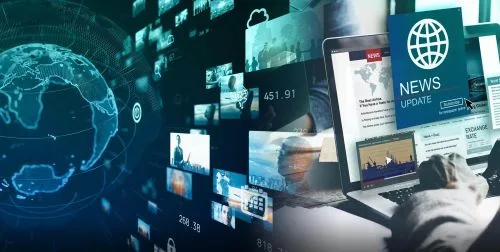You take security seriously, and your risk management framework can identify, report and help you mitigate a variety of threats. Cybersecurity is recognized as one of the top security concerns of enterprise companies, but without robust biosecurity tracking capabilities, your business could still be haunted by vulnerabilities that lead to disaster.
Biosecurity and cybersecurity share some common features – and your risk management framework needs them both. Here’s why.
Both threats impact employees at work and at home
You already know that cyber threats can strike anywhere. All it takes is one employee clicking on a malicious link – from the office or their home – and you’ve got a serious breach on your hands. To prevent these incidents before they happen, you take proactive measures like employee training, firewalls, and regular vulnerability assessment.
Like data security breaches, biosecurity threats can also threaten your employees at home or on the job. Your biosecurity management strategy should address both fronts. It’s up to you to control the spread of disease within your workplace, but you also need a comprehensive plan for handling illnesses that spread beyond the walls of your organization and their impact on your employees.. COVID-19 taught us the importance of being prepared. It’s much easier to prevent your employees from accepting ransomware than to clean up after an incident has occurred. The same is true of biosecurity threats – you can’t wait until the next pandemic is in full swing before starting a prevention campaign.

Both threats continue to evolve and adapt
Today’s cybersecurity threats are nothing like those we faced five or ten years ago. As users have become less vulnerable to obvious threats, like clumsy phishing attempts in their inboxes, criminals have invented more sophisticated threats to take their place. In particular, the work from home trend has introduced new data security vulnerabilities that demand innovative solutions. As AI and machine learning technologies continue to evolve, they pose increasingly complex challenges for data security specialists.
Biosecurity threats are also known for adapting and overcoming the defensive barriers we place. The COVID-19 pandemic reminded us how easily a virus can mutate and become more or less deadly – or transmissible – over time. COVID-19 also represented an entirely novel biosecurity threat. Since animal spillover events are inevitable, preparing for the next new epidemic or pandemic involves a question of when, not if. You need expert guidance on your side when the next crisis erupts.
Both threats are increasing in frequency and severity
Cybersecurity risks and biosecurity risks have something else in common – they’re both on the rise. In 2022, global cyberattacks increased by 38% over the previous year. On average, cyberattacks cost small businesses around $200k, and that number increases exponentially when larger businesses are victimized.
The costs of the COVID-19 pandemic are difficult to tally. However, researchers estimate that by the end of this year, this disease will have cost the U.S. economy $14T. As global health crises continue to intensify in sync with worsening climate conditions, it’s more important than ever to be prepared for the next pandemic.
Round out your risk management framework with the new Global Threat Tracker
The news cycle is full of cautionary tales about companies that fail in some aspect of cybersecurity or data security. The year isn’t over, but high-profile data breaches of 2023 already include big names such as Yum Brands, T-Mobile and Chick-fil-A. These companies have large-scale, robust risk management frameworks, yet their vulnerabilities were still exploited.
As you continue to hone your overall risk management framework, don’t allow any gaps to go unfilled. Just like cybersecurity tracking, a biosecurity tracking failure could quickly result in the type of notoriety you don’t want for your business, along with marked productivity damage..
The Global Threat Tracker is the newest part of the PHC Pharos platform. It enables your enterprise to understand biosecurity risks and respond early. You can track one location or all of your locations using filters for COVID-19, RSV, influenza and other risks.
Visit us for more information.
Watch our demo to learn more about the Global Threat Tracker.



